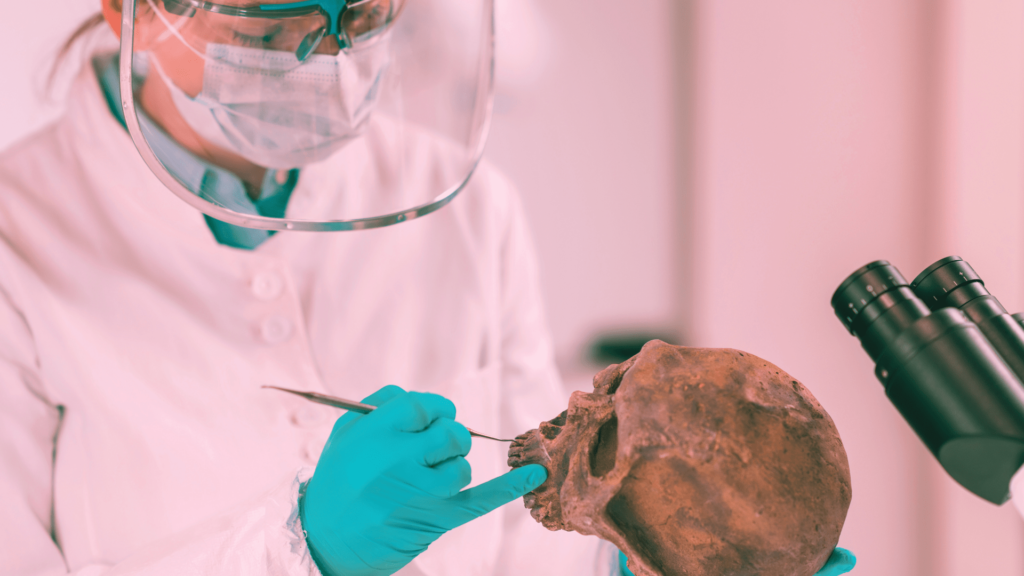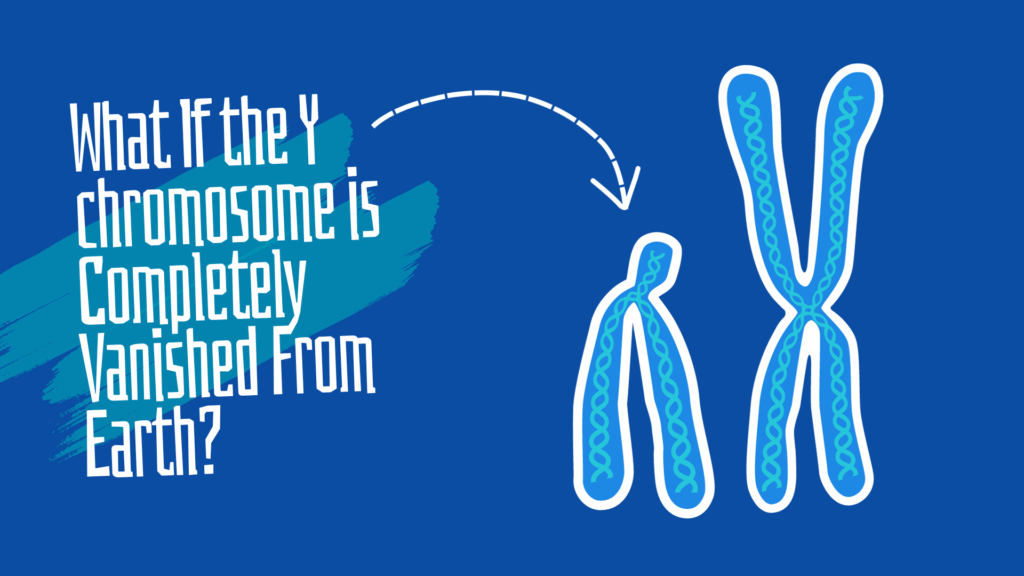Aging and longevity have been a prime interest for researchers for years. Everyone wants to know how and when they age, or whether their longevity can be increased. Scientists studied the Japanese island with the highest number of centenarians and drew some meaningful outcomes.
However, that’s not enough; aging is a complex and uncertain trait. Besides genetics, our lifestyle, environment and other factors contribute to longevity. But a recent study found something unique.
Aging is tissue-specific.
Meaning that different organs and tissues age differently. A pre-print published by Nir Eynon performed age-related methylome analysis for 17 different human tissues.
Key Topics:
What is the methylome?
Methylome is our genome’s complete DNA methylation profile, an important age and longevity-associated epigenetic marker. The addition of a small methyl group to the DNA results in DNA methylation, which turns on or off genes.
This pattern builds, rebuilds and breaks down, and it results in aging differences. Scientifically, it is hyper- and hypomethylation. In the present study, scientists investigated two different types of methylation patterns: DMPs and VMPs.
DMPs are Differentially Methylated Positions, which remain consistent across all individuals (mostly) as they age. Meaning, the methylation changes either increase or decrease automatically (mostly) and are similar in all individuals.
VMPs, on the other hand, are Variable Methylated Positions, which vary among individuals as they age; we can say, it’s personal! And increases as we age! So, DNA methylation shows patterns that are shared across people, as well as unique to each individual, particularly in aging.
Read more: Gut Microbes and Our Genetics Are Linked- Shows These Studies.
The study outcomes:
The team of scientists went beyond and tried to understand whether they vary among tissues. Nir Eynon and team analyzed 15,000 samples and 9,00,000 DNA methylation sites for 17 different tissues.
Their results showed differential methylation patterns for various tissues, in particular, the variable methylated positions. The pre-print didn’t provide much data and is also complex to understand.
Let’s summarize it.
The methylation status varies between young and old individuals, with those over 60 showing widespread hypermethylation across multiple tissues.”
The retina, our eyes’ tissues and the stomach have the highest age-related DNA methylation changes, while the cervix has the lowest. The study showed a 63% global methylation rise in the retina.
What does it show?
The primary outcome is, our body doesn’t age as a unit. The aging pattern varies from tissue to tissue.
Read more: Mitochondrial Donation Gave These Babies Life but Took Away One Line of Inheritance.
Opinion:
Now the question is, why does this happen?
You noticed that as people grow older, their eyesight is usually among the first functions to be affected. The visual acuity is gradually decreasing. Some people often have partial or complete vision loss, mostly after the age >90 years.
And so it is true for our stomach. What’s the catch here?

Both have to work harder and face extreme conditions than other tissues. For instance, our eyes have to face pollution, dust, extreme heat, blue light, red light, radiation, etc. Hence, its epigenetic profile always tries to adjust according to the need.
From birth to late age onset, both these organs have to face extreme conditions constantly. Hence, they age faster. And that’s what the present study covered. This study is a pivotal exploration in our understanding of longevity and aging.
It is also important to note that life choices also influence tissue-specific aging. For instance, smokers’ lungs age earlier, while the liver of heavy drinkers shows earlier ageing than other organs.
In addition to the methylome, we also have to understand that there are certain genes, such as FOXO3, APOE and HLAs, and telomere length are also directly associated with longevity.
Read more: Neanderthals Didn’t Go Extinct — They Were Absorbed, Says AI-Based Research.
Wrapping up:
Age is a complex trait. Age and longevity have been important research topics. But scientists are still struggling to figure out how the cellular machinery works for aging. Such studies, however, add a new dimension to our understanding, but at the same time also challenge our understanding of aging.
If you like such a scientific breakdown, subscribe to Genetic Education.



Greate post. Keep posting such kind of information on your page.
Im really impressed by your blog.
Hi there, You have done a great job. I’ll definitely digg it and for my part recommend to my friends.
I’m confident they’ll be benefited from this website.
Thank you